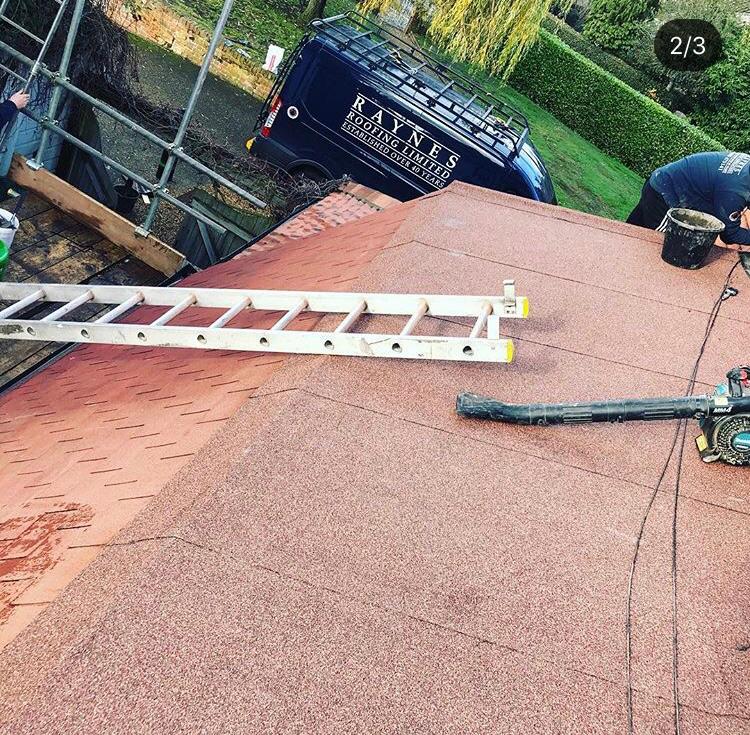I agree Our site saves small pieces of text information (cookies) on your device in order to deliver better content and for statistical purposes. You can disable the usage of cookies by changing the settings of your browser. By browsing our website without changing the browser settings you grant us permission to store that information on your device.

When you are about to have a flat roof replacement, what materials are best for your new flat roof will be amongst one of the first questions you ask yourself. Here is some information on each of the materials available:
Felt is the traditional material used for flat roofing. It has proved its effectiveness as a roofing system over a long period of times. Now it has been further developed and improved as a material to strengthen its properties as a roofing material further. Felt normally comes in sheets and is applied with a blow torch. The typical roof consists of three layers, the vapour control layer, reinforced felt and the cap sheet.
A vapour control layer helps you protect your building from the consequences of condensation. Condensation is formed when warm moist air rises and condenses into a liquid on contact with the colder surfaces above the insulation. The idea behind a vapour control layer is to install it on the room side of the insulation so it blocks the passage of warm moist air entering the structure.
• Reinforced with fibreglass to support flat, more uniform shingle application
• Unlike standard felt, it resists curling or pulling away from fasteners when exposed to moisture or wind
• Increased tear strength to resist tears when walked on or in windy conditions, as compared to standard felt
The cap sheet allows you to choose the colour to finish your felt roofing (in the picture above the cap sheet is red). Also, the cap sheet makes repair work a relatively straightforward and in expensive proves. All that is required is to apply a patch of felt on to the damaged area with a blow torch. Although relatively straightforward repairs will need to be carried out by a professional roofing contractor.
Torch on felt roofing is an excellent choice because of its cost effectiveness, its proven credentials further enhanced by recent technology and the ease of maintaining it.
GRP (Glass Reinforced Plastic) Fibreglass Roofs have become increasing popular. It is one of the most expensive roofing materials and has a smooth and aesthetically pleasing finish. The expected life span of these roofs is 20-30 years, however if not installed correctly they can be problematic. This flat roofing system is best suited to smaller roofs because on roofs of large areas they can become weak due to expansion and contraction
Liquid Roofing is a relatively new roofing method which has been growing in popularity in recent times. It is ideal for complex roof structures where fine detailing is needed as liquid can reach places other roofing material cannot. A liquid roof coating is applied directly on to the substrate of the roof and is then spread to give a seamless finish. This flat roofing solution is normally costlier on smaller roofs but great savings can be made on large commercial roofs. This is because liquid roofing systems are a lot less labour intensive than other roofing systems meaning there is a significant saving on labour. Liquid roofing systems are durable and can be applied all year round and can last more than 25 years.
EPDM is a popular roofing material. It can often be installed as one full seamless sheet. Which means unsightly joints can be avoided. It is also an environmentally friendly material as it consists of recycled rubber materials. The estimated life of an EPDM roof is 30-50 years.
If you need any advice on which material to choose for your replacement flat roof and are in the Woking or Guildford area, Raynes Roofing would be delighted to help you. With over 45 years’ experience we will be able to advise you on the best material for your replacement flat roof just get in touch today or call us on 01483 475141.